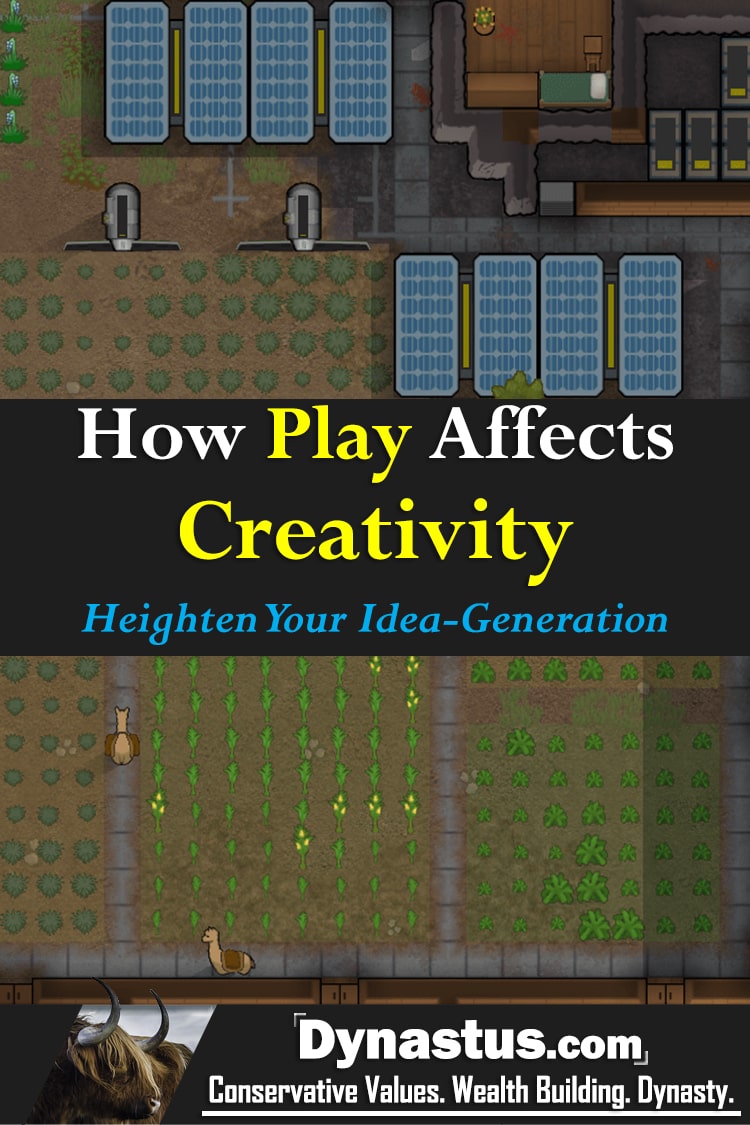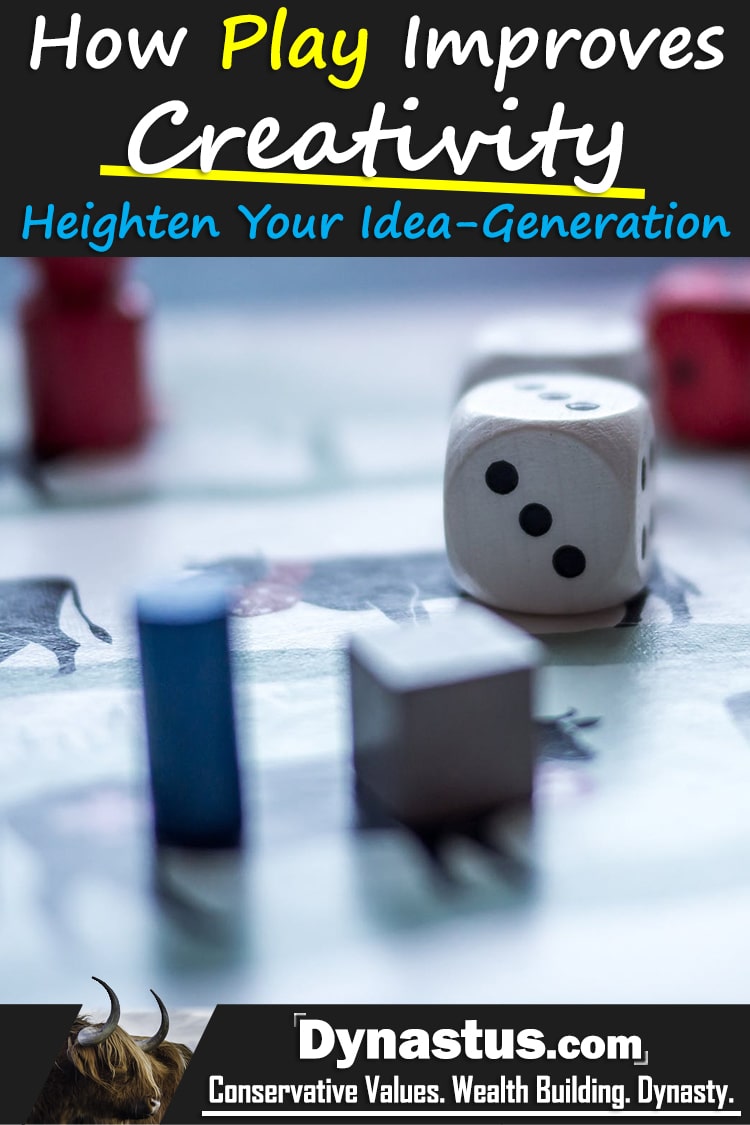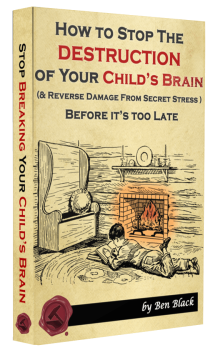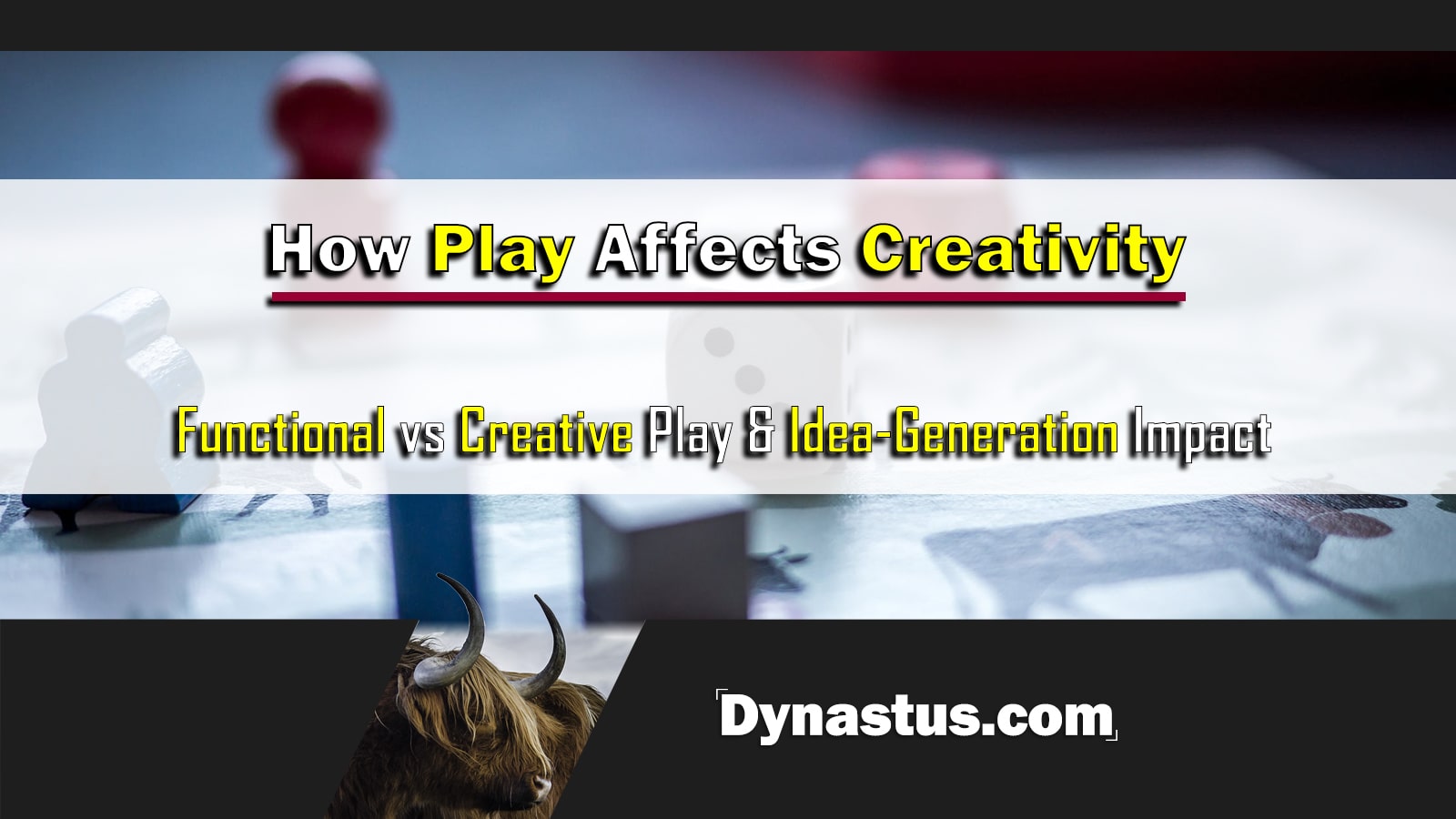
Mastering our creativity is a key to becoming better parents, investors and entrepreneurs, and people in general. In order to do this we need to exercise not only the right-hemisphere of our brain, but teach each side of our brains to interact with one another. One of the ways to do this is through play.
By exercising our minds through play, we are able to unlock more of our potential. Not all types of play or just engaging in any sort of play is going to help us as train our minds. Instead, we need to understand the why and how so we can participate in constructive, serious play. While it sounds like an oxymoron, it really isn’t. This doesn’t just pertain to adults either, these forms of play are vital to creating well-rounded stable children(and later adults). So read on, it’s time to do a deep-dive on play.
Types of Play
Play is vital to the creative process and thus to idea generation. A lot of us tend to associate play with childhood and childish pursuits, but this simply isn’t the case. Play, particularly imaginative play, often harkens people back to a simpler time, where a stick became a sword. A thumb and outstretched forefinger became a gun, and a blanket thrown between two chairs was a fortress in the battle against an evil wizard’s army. These types of examples are actually sociodramatic play. A type of play where we use our imaginations to imagine fantastical worlds.
There are two other forms of play.
Functional play is a form of play where you utilize and integrate with objects your environment, like with toys, or a playground. This can also mean playing games where rules apply or are imagined and adhered to. It also tends to be fairly repetitive, like rolling a toy car on the ground or going down a slide over and over. This serves as a form of reinforcement.
Constructive play is where you build or create something through the manipulation of objects or the environment, like Lego, playing in a sandpit, drawing or building models. Constructive play is really quite a broad area. In its essence, you conceptualize creating ideas and physically manifest them or build on them. It gives one a sense of accomplishment and control.
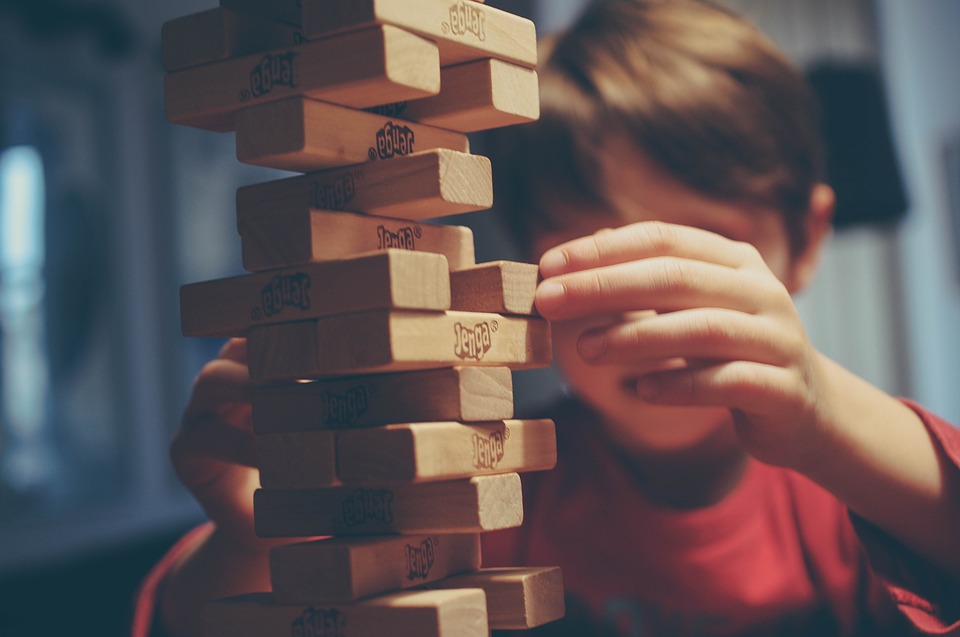
Not that one!
Knowing this, you can quickly see how vital these three types of play are to thinking up and developing new concepts, training our brains and forming strong connections between our brain hemispheres.
An idea will only take you so far and this is where the left hemisphere comes into action. Where the right hemisphere dreams, the left hemisphere creates and follows through with strategy. By combining the two, we are able to conceptualize, then build our conceptual creations into physical, or digital, reality.
There are 6 elements that are key to all forms of play. Anticipation, surprise, pleasure, understanding, strength, and poise, according to The Strong National Museum of Play. Taking part in play that involves all 6 of these elements, sharpens our minds and keeps us creative. This, in turn, also keeps us healthy and helps us grow as people too.
Why We Don’t Play as Adults
Adults often don’t take part in play for the sake of play. We might play with our kids or chase the dog around. But too many of us are guilty of not taking time out to just play for the fun of it. A social stigma lingers among adults that makes them seem childish or immature for taking place in games. OK…A lot of the time adults are immature for obsessing over play, or playing too much. But moderation is the key for adult grade play.
Serious play is an emerging, more palatable form of play for adults that helps train our brains to be more creative. It gives us an excuse to take time out of our busy lives to enjoy a game or two in a form that is as productive and it is fun.
Serious play doesn’t mean we have to sit there with a furrowed brow, studying intensely the layout of our house in The Sims, or our equipment balance in Diablo 3. Instead, serious play is using games in a context that educationally trains our brains, subliminally. Sara Lawrence-Lightfoot said it best: “Learning is at it’s best when it is deadly serious and very playful at the same time.”
Play doesn’t necessarily mean engaging in games either. Dancing, Acting, Mountain Climbing, Sword Fighting, Archery and other similar pursuits are also forms of play and have the 6 qualities that identify them as serious and productive play.
Achieving “Flow”
Mihaly Csikszentmihalyi(don’t ask me to pronounce this), an American-Hungarian psychologist first conceptualized the state of flow. Many people refer to this as “The Secret to Happiness”. Csikszentmihalyi proposed that people are at their happiest when they achieve a state of flow, where they are focused on a limited “stimulus field”. This results in transcending them to a new ‘environment’ where they are only focused on the present, unable to focus on problems outside of this stimulus field.
Flow is when we’re at the height of our creativity, sustaining this trains our right hemispheres. We most easily achieve this state through play. Csikszentmihalyi claimed there at nine components to this flow state: “challenge-skill balance, merging of action and awareness, clarity of goals, immediate and unambiguous feedback, concentration on the task at hand, paradox of control, transformation of time, loss of self-consciousness, and autotelic experience”. To truly achieve flow, you must strike a balance between challenge and skill. Too challenging and you have difficulty keeping your activity moving, too easy and you are more autonomous and apathetic. Hitting a balance is crucial for flow to be achieved.
Csikszentmihalyi said, in an interview with Wired magazine that flow is: “being completely involved in an activity for its own sake. The ego falls away. Time flies. Every action, movement, and thought follows inevitably from the previous one, like playing jazz. Your whole being is involved, and you’re using your skills to the utmost.”
By repeatedly achieving this state of flow, the neural pathways in our brains gradually wire to make this state more easily achievable. This carries over to other tasks like in our work or creative outlets. For example, when I write, I typically achieve a state of flow after a while and the words just pour out of my finger tips. Same happens when I run, after some time, I get into a state where I can just keep going regardless of the pain or exhaustion.
Intrinsic Motivation
Csikszentmihalyi also discovered that folks with an autotelic personality, that is a personality attribute where people achieve things because they are intrinsically rewards, were more likely to be goal oriented. This sort of motivation is also behind a lot of games.
Solving that puzzle in monkey island isn’t going to manifest itself in the real with or aid in any external goals, but the act of figuring it out is intrinsically rewarding. By realizing that this sort of reward system is beneficial not only in games but in other aspects of life is another thing that play can reinforce in us. Saving that extra $5 on groceries may not matter to anyone but you when saving for your emergency fund. But that internal reward system is hugely beneficial in and of itself. Self-reinforcement can be massive when it comes to motivation for otherwise thankless tasks.
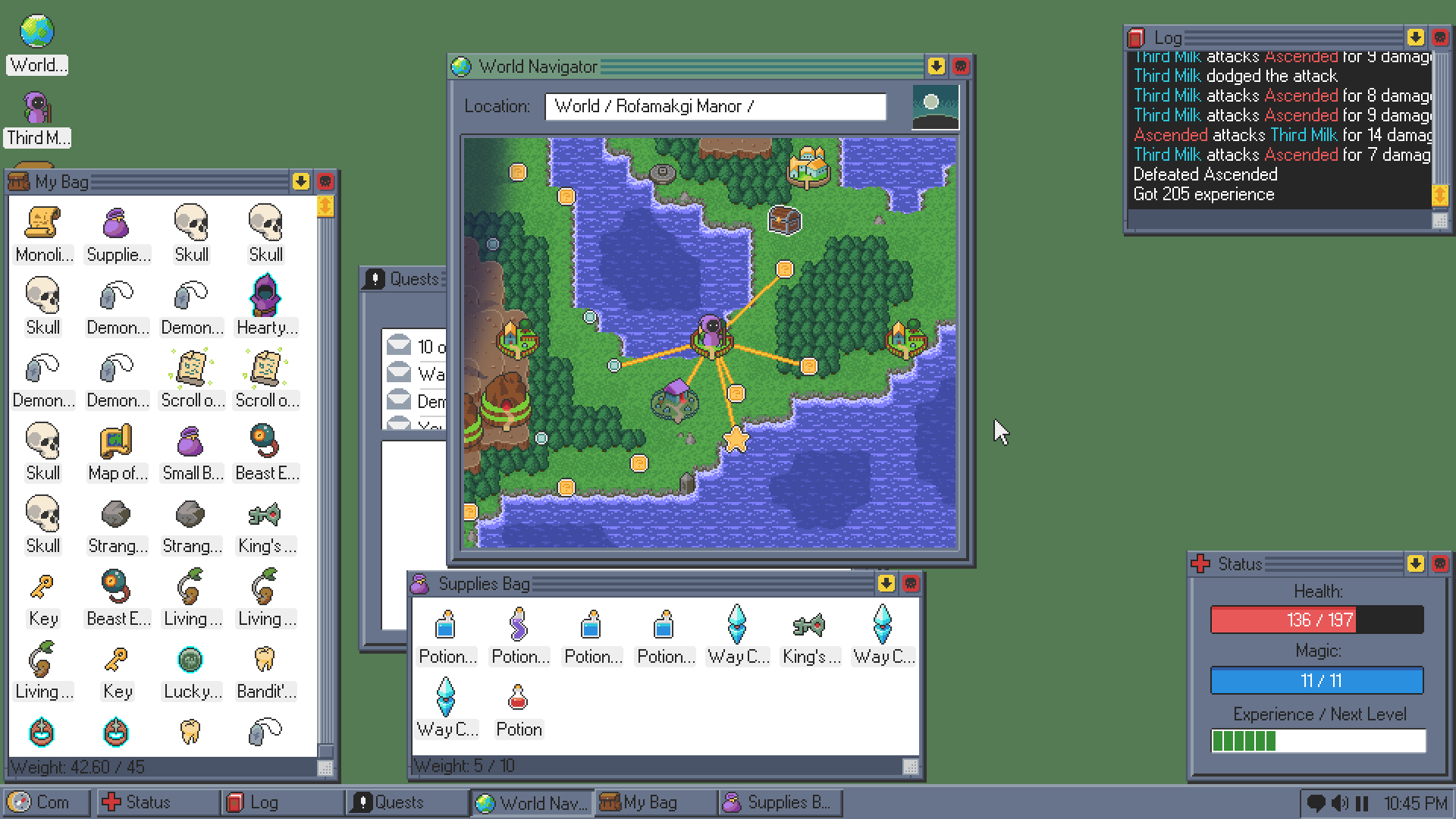
This is Kingsway. Yes, my characters name is Third Milk, he’s on a quest to stop the Sky Eater – aren’t you?
How This Comes Into ‘Play’
Play as adults doesn’t have to mean participating in a local theater, or climbing the nearest mountain. It can be achieved by playing video or board games or by playing with our kids. Dr. Merrilea Mayo proposes that there are 4 key aspects of games that benefit our right hemispheres. In her analyzing of video-game research, she found that games that promote the following help train our minds in the creative process.
- Self-directed exploration: encourages tolerance of ambiguity and curiosity
- Self Efficacy: promotes belief in your ability to set and reach goals
- Continuous feedback: provides real-time learning and data to process and utilize as you move forward
- Collaboration: promotes cooperative problem solving
There is a tonne of available games, online and offline, digital and analog, physical and imaginary that promote any or all of these and can train your mind to be more creative.
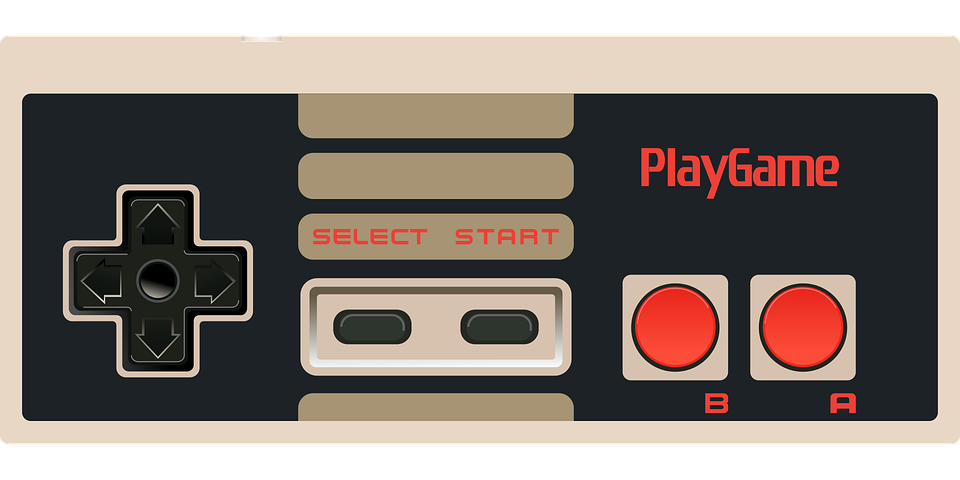
Ah yes, 1985’s “PlayGame” Console, a cult classic.
Game On
There are 3 types of play that work different parts of our brain. Sociodramatic, Functional and Constructive. Each of these are practiced in different ways and promote different brain functions. A combination of all three will result in a well-balanced set of creative skills. Having creative skills allows us to think outside of the box and improve our situation with what we have. The more creative we are, the more we are able to learn and conceptualize.
There is a social stigma that lingers in our society: play is associated with being childish. By overcoming this, we are free to train our minds to become more creative. Remember the words of Sara Lawrence-Lightfoot; “Learning is at it’s best when it is deadly serious and very playful at the same time.”
A flow state is where we are able to focus on a limited stimulus field. It is achieved best through play and activities that strike a balance between skill and creativity. Maintaining this state for prolonged periods helps strengthen the neural pathways in the right hemispheres of our brains.
By achieving a flow state, our brains rewire to help us achieve it more easily, which in turn can be carried over to more productive tasks.
Intrinsic motivations help keep us goal oriented and moving forward as people, in our relationships, our careers, finances or otherwise. Games help train our minds to be intrinsically motivated.
Speaking of intrinsic motivations, I’m planning on building this out into an ongoing series. Any suggestions for games that will help train your brain? What do you play that makes you a more creative person? Are you going to try engaging in serious play? Let me know in the comments below and let’s discuss.

PS. If you want to learn about some games to help improve your financial prowess, you can check out my post here.
